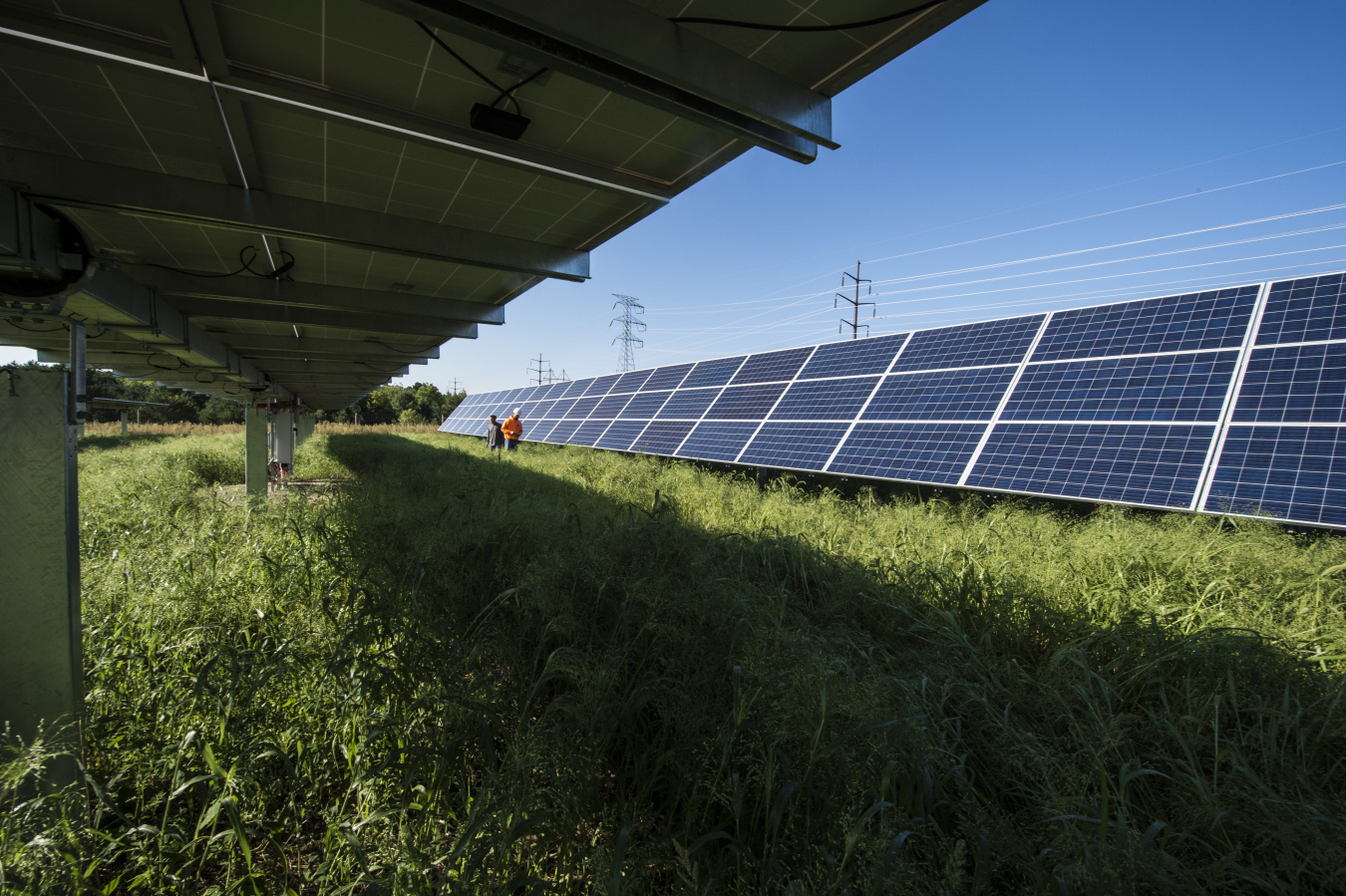
After solar energy arrays are installed, they must undergo operations and maintenance (O&M) to function properly and meet energy production targets over the lifecycle of the solar system and extend its life. Conducting regular O&M ensures optimal performance of photovoltaic (PV) systems while minimizing the risks of soiling, micro-cracking, internal corrosion, and other problems.
Below, you will find several resources that help establish O&M practices.
The National Renewable Energy Laboratory (NREL) released the 3rd edition of its Best Practices for Operation and Maintenance of Photovoltaic and Energy Storage Systems in 2018. This guide encourages adoption of best practices to reduce the cost of O&M and improve the performance of large-scale systems, but it also informs financing of new projects by making cost more predictable and mitigating performance risk.
NREL worked with industry partners to identify best practices for concentrating solar-thermal power plants as well. This study examined the existing global CSP fleet to assess lessons learned and uncover opportunities to standardize practices that work well and improve on common challenges among these plants.
Early in project development, project developers should plan for decommissioning of the PV plant. NREL’s Best Practices at the End of the Photovoltaic System Performance Period report includes recommendations for system owners, asset managers, and industry service providers regarding the handling and disposal of waste, including reuse and recycling of PV modules and other components as a way to reduce environmental impact.
Sandia National Laboratories released the Evaluation of Component Reliability in Photovoltaic Systems using Field Failure Statistics report that describes a methodology for improving O&M planning estimates by using failure statistics to capture component reliability in the field.
Sandia also collaborated with the National Renewable Energy Laboratory on the A Machine Learning Evaluation of Maintenance Records for Common Failure Modes in PV Inverters report, which includes an analysis that offers insights into common failure modes of inverters used in PV systems. The study leveraged a database of 55,000 corrective maintenance records across 880 sites from multiple PV owners and operators within the United States.
The National Renewable Energy Laboratory’s Life-Cycle Cost and Optimization of PV Systems Based on Power Duration Curve with Variable Performance Ratio and Availability report provides a mathematical functional form for the annual power duration curve for the output of a photovoltaic power system with imperfect performance ratio and availability.
PV systems increasingly rely on common information technology (IT) computing and networking infrastructure as well as the Internet to perform all aspects of O&M. NREL’s report Cybersecurity in Photovoltaic Plant Operations examines cybersecurity from the perspective of the PV plant operator, compliance with adherence to standards, roles and responsibilities, best practices, and strategies to deal with an ever-evolving threat landscape.
A great place to start is to benchmark your plant or fleet’s performance. NREL’s PV Fleet Performance Data Initiative: Performance Index-Based Analysis report provides PV plant owners and operators with a methodology to benchmark performance while also offering average performance details to guide appropriate values for use in pro-forma performance and financial models, as well as expectations for operation of future PV plants.
Performance problems are not always easy to find. NREL outlines how those issues can be “masked” by several causes in its Masking of Photovoltaic System Performance Problems by Inverter Clipping and Other Design and Operational Practices report. Some of those causes of masking can be due to the PV system configuration; instrumentation design, installation, and maintenance; contract clauses; or certain management and operational practices.
Another report from NREL, Performance of Photovoltaic Systems Recorded by Open Solar Performance and Reliability Clearinghouse, analyzed performance data from 2,200 photovoltaic systems in California and found that as much as 8.3% of lost energy production could be recovered through optimal operations and maintenance.
The National Renewable Energy Laboratory and Sandia National Laboratories collaborated on the Model of Operation-and-Maintenance Costs for Photovoltaic Systems report, which presents a more detailed model for calculating the O&M expenses of PV systems using a system description to select from a list of detailed O&M measures, each of which includes labor and materials costs and can be scheduled at regular intervals or according to a failure distribution.
For public sector agencies seeking to procure effective O&M services, Lawrence Berkeley National Laboratory’s Solar Photovoltaic Operations and Maintenance website provides acquisition expertise to ensure safe and reliable performance of solar PV systems.
See more solar energy resources and learn about the Solar Energy Technologies Office's research areas.

